New wearable devices are beginning to make their part to help health professionals, but which tool will be used by future medicine? Will doctors need a specific training to use these new tools? What is actually ‘remote monitoring’ for patients?
We decided to interview our partner, Guido Pagana from LINKS Foundation, to better understand what SINTEC is able to bring in the future of European Healthcare system.

Dr. Eng. Guido Pagana (male) received the degree in Engineering from Politecnico di Torino and Paris Supelec in 2000 and in MD from University of Torino in 2006, Ph.D. in Electronics Engineering in 2009 on microwave imaging for breast cancer detection. He is both engineer and medical doctor collaborating with hospitals in Torino area. He joined the Department of Control and Computer Engineering as Research Engineer working on algorithms for biomedical data analysis. His research field covers elderly medicine, telemedicine, telemonitoring, analysis of cardiological signal and microwave imaging. Since 2003, he has worked as a researcher at Istituto Superiore Mario Boella in Torino, now LINKS Foundation.
1. What are the technological developments that already affect the medical field today?
The sustainability of health systems is severely tested by several factors, in particular by the aging of the population and by the increase of chronic diseases, making it necessary to rethink healthcare models, towards the introduction of models capable of overcoming hospital-centric logic, to configure it more and more around the citizen/patient. New strategies, based on risk stratification and prevention, as well as on the most autonomous management of chronic pathologies, will have to consolidate in order to meet new health needs, to which current methods do not respond, based essentially on a reaction to severe events. In such a context, a key role can and must be fulfilled by innovation, both in terms of digitalisation of processes and services, and in terms of therapeutic and pharmacological innovation. Digital technologies and innovative therapies can contribute to the improvement of clinical outcomes, the optimization of resources and the long-term sustainability of national health systems. SINTEC can represent a response to monitoring and modelling of therapy to the individual subject.
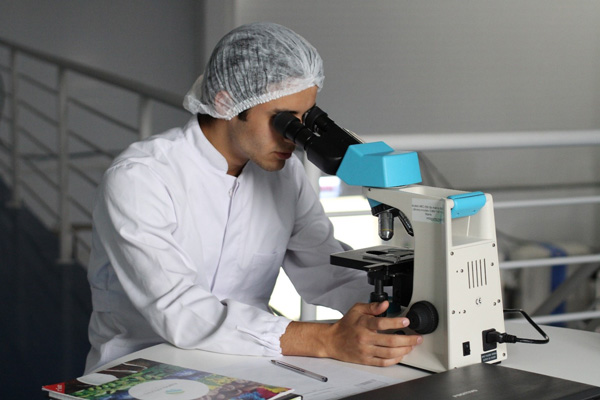
© Pexels
2. What specific areas of medicine will see a technological evolution, in your opinion?
Managing of chronic diseases – with the support of technologies and mobile devices – can be transferred almost entirely outside the healthcare facilities and with minimal use of the relative staff resources, achieving the double objective of increasing suitability and reducing the occurrence critical events due to suboptimal management of the disease. The objective of SINTEC in its application to the clinical practice of managing hypertension can be this.

© Pexels
3. Will monitoring of patients remotely really be possible?
Chronic pathologies will assume an ever-greater weight in the formation for health demand, requiring the development of assistance models very different from those – already partially overcome – centred on care in the hospital setting. According to the World Health Organization (WHO), chronic diseases are responsible for 71% of deaths globally. Cardiovascular diseases are the leading causes of death, followed by cancers, respiratory diseases and diabetes. The figure is confirmed at European level[1]. Taken together, the diseases indicated above are responsible for 80% of the deaths from chronic diseases globally. According to data from the World Economic Forum, chronic diseases cost 47 trillion dollars globally, a figure equal to about 60% of global GDP in 2017 (estimated at about 81 trillion). These significant numbers are bound to increase precisely thanks to success in the treatments and progress of medicine, which will gradually make pathologies more and more treatable, in particular those which until now left no hope of long survival for those who were affected.
The growing pressure exerted on national health services to become more capable in responding to the needs of chronic patients, requires more appropriate and effective treatment paths. This need is dictated by the complexity of chronic pathologies, especially where it is considered that many patients (one out of three adults) suffer from multiple chronic pathologies simultaneously[2], and that this condition involves additional costs (up to double for each pathology, bringing the cost overall for the management of the chronic patient to reach 16 times the cost of a normal patient), greater consumption of drugs (with a risk of non-compliance with drug therapies that grows with increasing number of drugs), and a greater consumption of hospital services in the face of an increased risk of acute events associated with sub-optimal management of diseases. At the same time, taking into consideration that chronic pathologies are considered mostly preventable[3], and are increasingly associated (at least to some extent) with behavioural risk factors (e.g. consumption of tobacco, alcoholic beverages, insufficient exercise, inadequate eating habits, etc.), an increasingly important role will be attributed to prevention, with awareness-raising campaigns, but also with stratification of the population by risk factors, continuous monitoring, and customization of diagnostic paths based on these “profiling” activities. SINTEC will support this profiling activity with its technology.
[1] https://data.worldbank.org/indicator/ny.gdp.mktp.cd
[2] A. ADLER-WAXMAN, “This is the biggest challenge to our health,”, articolo per il World Economic Forum, dicembre 2017, cfr. https://www.weforum.org/agenda/2017/12/healthcare-future-multiple-chronic-disease-ncd/
[3] V. https://www.who.int/nutrition/topics/2_background/en/
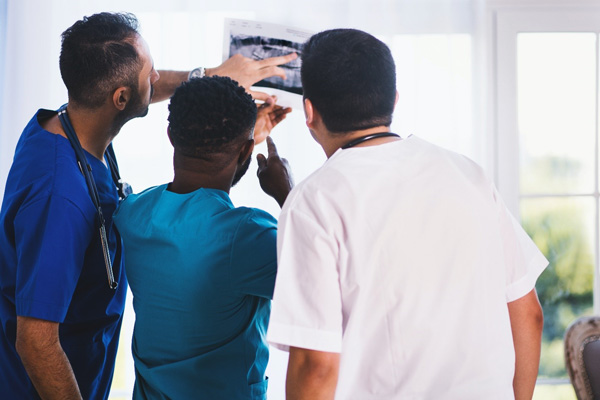
© Pexels
4. Will there be a need for new professionals to work alongside doctors or will they be able to do their job and use these new tools?
The need to modify not only the specific contents of those medical curricula but also the structure of learning itself is clear: in order to prepare today’s medical students to integrate and use new applications and technologies in their professional background as crucial elements of their medical education[1]. It is no coincidence that experiments have already been launched, such as that of the Semmelweis Medical Schools, with the aim of providing students with the skills they will need to make the best use of the technologies that will become available in the medical field. In fact, the course (entitled “Disruptive Technology in Medicine 229”)[2] offers students courses in personalized genomics, medical 3D printing, telemedicine, regenerative medicine, artificial intelligence, robotics, etc. Technologies perhaps not routine today, but potentially such at the end of a ten-year course of study. Actually, seen from another angle, the problem is permanent: it is necessary to train the doctors of the future in order to make them able to keep up with the amount of technological innovations that will gradually become available, and not only to become experts on the new technologies available today. Lastly, the doctors of the future must be supported by specialized figures assigned to use new technologies and maximize their use and effectiveness.
[1] B. MESKÓ, The guide to the future of medicine: technology AND the human touch, Webicina Kft., 2014.
[2] Cfr. http://semmelweis.hu/genomikai-medicina/files/2015/02/Disruptive-medical-technologies.pdf


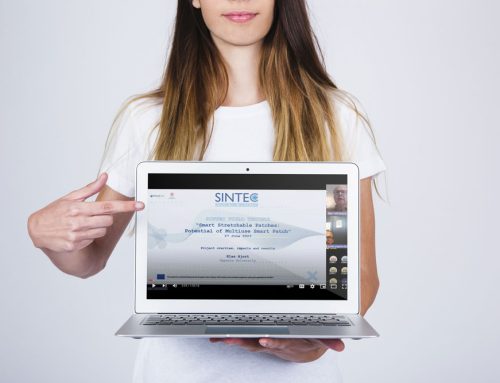
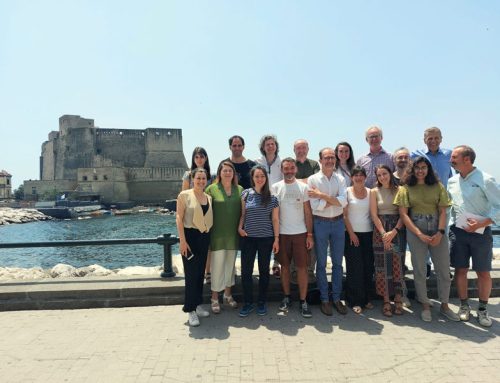
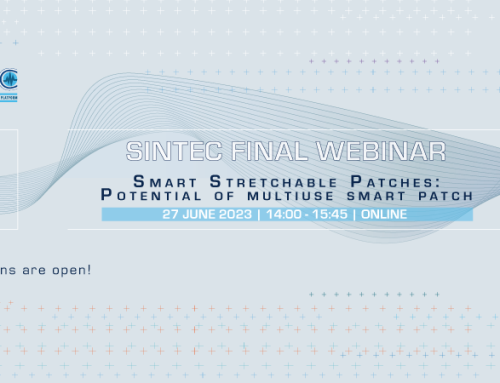


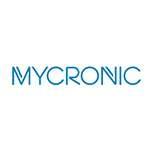
Leave A Comment